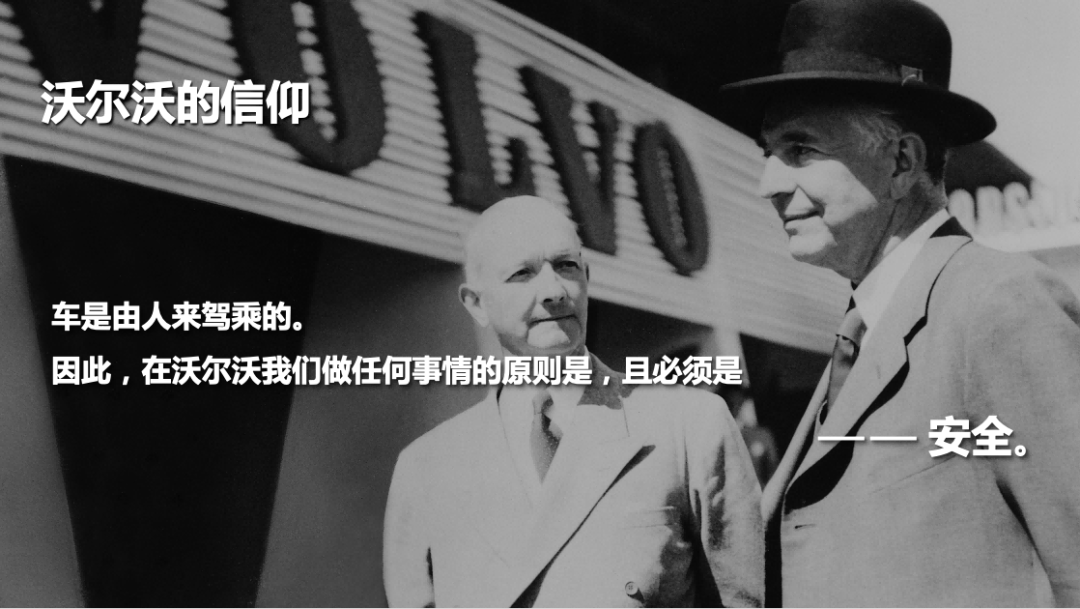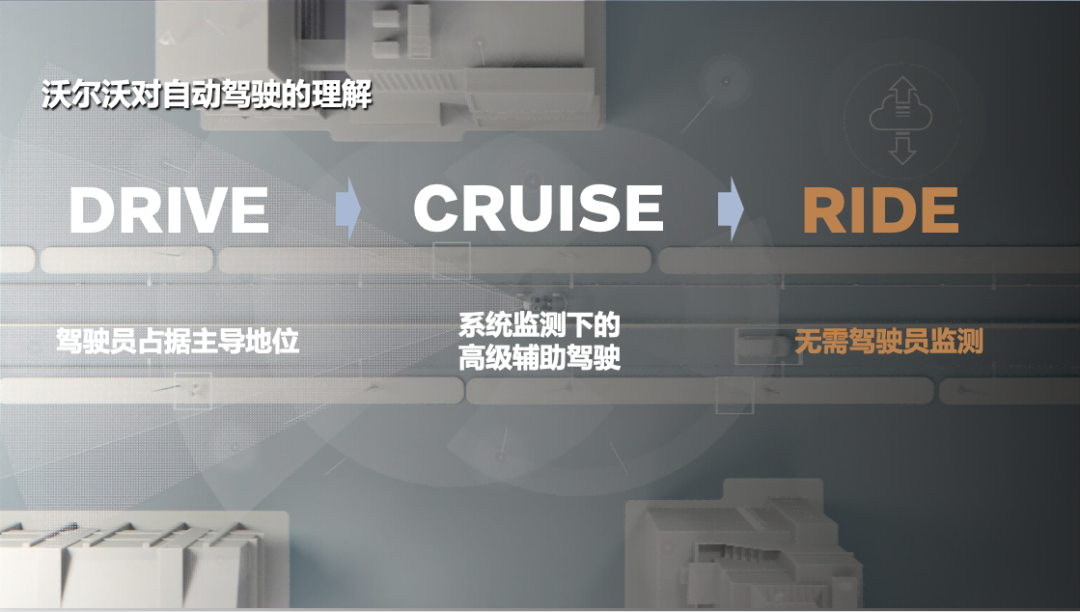Author: French Fries Fish
If I had to find a keyword for the first week of July in Beijing, it would be “drip-drip”.
The humidity of ninety percent makes the people in the northern part of China particularly uncomfortable. Of course, as a “late umbrella forgetter”, I don’t have this problem. After all, I tend to get soaked.
The slippery road surface brings new difficulties to the already congested Beijing, and there have been significantly more accidents recently. Of course, as a “unable to get a license user”, I don’t have this problem either. I can only hold my heart and watch the time meter of the online car-hailing app jump merrily.
At such times, a “Moose Open Class” from Volvo is just right for me. “Nordic” and “Moose” sound crisp and refreshing.
The class is for you to sit and listen
When one begins to be decadent, there is always a bit of “long tail effect”.
Originally, in my imagination, this “Moose Open Class” should be a dynamic test drive event about the Moose Test, right? I should be able to have some fun, right?
Who would have guessed that a Volvo event with the keyword “Moose” would turn out to be just a class, a lesson where you sit and listen to the teacher.

Volvo held this class at the “Single-Direction Space” bookstore founded by Xu Zhiyuan.
The difference between reality and imagination has even made me focus most of my attention on encountering Xu Zhiyuan and tasting freshly ground coffee aroma.

I don’t know if this is a sudden turn of luck or the continuation of the decadence. When I no longer had any hope for this event, reality struck me again. As a lover of “thinking from other perspectives”, the first interview video clip by Volvo brought my focus back to the classroom.
The host asked a foreign man, “How many people do you think died in traffic accidents in our state last year?”
I guess the man had no concept in his mind at this time, he shrugged his shoulders and said, “70?”

The next moment, when seventy friends and family members came towards him, his answer changed instantly, “0!”

This is a sociological experiment that is worth ponder.When one’s perspective is removed to a “God’s view,” every life seems to be just a number; only when these numbers of lives are connected to us, they become lives again.
And Volvo has understood this from the beginning.
Skipping L3
Volvo, Safety.
The connection between these two words is as natural as a riddle.
In fact, this is also Volvo’s belief.

In the era of autonomous driving, Volvo has put forward a not-so-new, but controversial view on driving: humans make mistakes. Based on this point, Volvo believes that “building true autonomous driving is the right way to achieve zero collisions.”
This view easily reminds me of the two giants in the civil aviation manufacturing industry, Boeing and Airbus, and their differences in underlying design concepts. Civil airliners may be the most automated civilian transportation vehicles on Earth. In handling problems, the final decision-making power of Boeing aircraft lies in humans, while the final handling power of Airbus aircraft lies in machines.

Relying more on machines seems to be a common choice for many European companies.
In my understanding, it is either that Europeans have absolute confidence in their own products, believing that machines must have higher fault tolerance than humans; or Europeans feel that they are more inclined to the romantic and emotional side, and therefore rely on more rational machines when facing right and wrong. As for the answer, perhaps we can only wait for an interview about Volvo.
Returning to Volvo’s understanding of autonomous driving, Volvo divides it into three stages.
The first stage is “DRIVE,” still driven by the driver, which can be understood as Level 1 autonomous driving.
The second stage is “CRUISE,” which is a high-level assisted driving under the system detection, which is actually the current situation, and can be understood as Level 2 autonomous driving.
The third stage is “RIDE,” which will achieve autonomous driving without the need for driver monitoring. It is also Volvo’s highest plan for this technology at the current stage, and it can be understood as Level 4 autonomous driving.

Why skip L3? Volvo did not directly answer this question, but provided several report cards.
In 2012, Volvo launched the first Drive Me autonomous driving concept car.
In 2015, Drive Me entered China and traveled a total of 1200km at a speed of 70km/h on the west sixth ring road in Beijing.

In 2016, as the first domestically produced car with Level 2 autonomous driving as standard on all models, the Volvo S90 was officially launched.

The decision to “skip L3” is based on a lot of practical experience. This may be what Volvo wants to express.
Confidence in L4
Regarding the third stage “RIDE”, to be precise, Ride Pilot, it can no longer be called a concept. In Volvo’s plan, Ride Pilot will be the first to provide unmanned autonomous driving services in California, USA.

And taking a step back from this plan is the corresponding technological support.
First is the environmental sensing sensor.
In the current two main routes of autonomous driving perception, “pure vision” and “multisensor fusion,” Volvo chose the latter.
Ride Pilot will be equipped with a Luminar Iris LiDAR, which is a 1550nm, 300-line automotive LiDAR.

The so-called 1550nm refers to the wavelength of the laser emitted by the LiDAR.
Light is an electromagnetic wave, and we generally use wavelength to define different types of light. For example, the “red, orange, yellow, green, blue, and violet” that we can see with our naked eyes have wavelengths roughly ranging from around 380nm to 750nm. The reason our eyes can see them is that our eyes can absorb these wavelengths of light. In comparison to the current mainstream 905nm and 1550nm solutions, 1550nm is further away from the visible light spectrum, and our eyes are less sensitive to 1550nm laser. Therefore, a higher power can be used to emit 1550nm laser, which means a longer detection distance due to the higher power.
The so-called “300-line” refers to the number of laser points emitted vertically by the LiDAR. LiDAR relies on emitting lasers and receiving reflections to perceive the world, and higher laser beam density means higher resolution and precision.
To sum it up, Luminar Iris, used by Volvo, is currently the top-level LiDAR for cars.
Next is the computing platform.
Ride Pilot will be equipped with the NVIDIA Orin-X chip, and the Orin-X with 254 TOPS computing power should be the brightest star in the automatic driving computing market this year.

The key moment that shows I was paying attention is coming up. According to Volvo’s training instructor, all of Volvo’s new cars will be equipped with four or more Orin-X chips, which means that all future Volvo cars will be computing monsters starting at 1000 TOPS.

Thirdly, software algorithms.
The software algorithms of Ride Pilot will come from Zenseact, an autonomous driving software development company under the Volvo Group. I am not very familiar with this company, but it has an exclusive partnership with Zenseact, an autonomous driving giant under Alphabet, Google’s parent company. With this endorsement, many people’s doubts about Zenseact are probably dispelled.

The industry is saying that the era of autonomous driving will be driven by “data”, and Volvo probably agrees with this view.
The most direct evidence is that it has jointly invested with Zenseact to establish a data factory that will process over 225 million GB of data in the coming years to support the continuous improvement of autonomous driving algorithms.

LiDAR, computing chips, software algorithms… The three most important parts of autonomous driving seem to be all in place. What will be the performance of Ride Pilot’s actual car?
Please let time fly a little longer.Based on the Volvo Concept Recharge concept car and equipped with Level 4 autonomous driving technology Ride Pilot, the mass-produced new car will be launched at the end of this year and put into production in early next year.
It seems that the vision of achieving “zero collision” is within reach.
The next step to help me get out of the “traffic jam calculator” pit may be regulations that allow for higher-level autonomous driving on the road, the timing of when I can get my license plate and most importantly, my wallet.
This article is a translation by ChatGPT of a Chinese report from 42HOW. If you have any questions about it, please email bd@42how.com.
